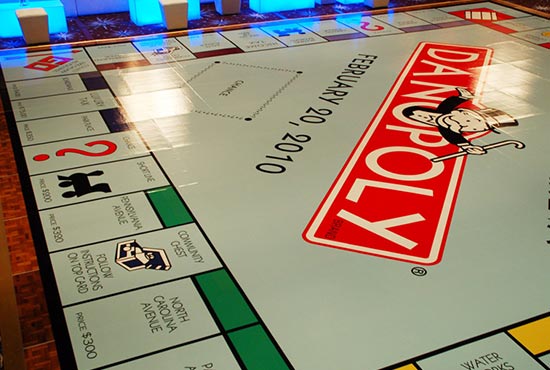One of the primary common materials used in contemporary dance floors is light-emitting diode lighting. LED lamps are energy-efficient and can produce a broad range of colors and effects. They can be embedded in the floor itself or used as part of a lighting setup over the dance floor. This innovation allows for coordinated light shows that can alter in reaction to the music, creating an immersive experience. The capability to configure these lights means that they can be customized to fit different themes or moods, making each event distinct.

Another crucial material is reflective materials, such as mirrors or shiny tiles. These surfaces can create an deception of area and dimension, making the dance floor seem larger than it is. When dancers dance, their images can add an extra layer of visual appeal, enhancing the overall performance. Additionally, mirror-like materials can interact with illumination effects, amplifying the hues and patterns displayed on the floor. This fusion of light and reflection can enthrall audiences and boost the energy of the event.
In furthermore to lighting and reflective substances, the use of electronic screens has become progressively common in dance floor creation. These screens can show vibrant images, graphics, or even live feeds of the show. By incorporating digital technology, occasion organizers can create a multi-sensory encounter that involves both the performers check out the post right here and the audience. The ability to alter visuals in real-time allows for a fluid environment that can adapt to the rhythm and vitality of the music, making each moment feel fresh and exciting.
Furthermore, the selection of surface substance itself plays a key role in the overall experience. Classic wooden dance floors are still preferred for their durability and functional qualities. However, newer materials like synthetic and elastic are becoming popularity due to their flexibility and ease of maintenance. These substances can provide superior impact absorption, reducing the risk of harm for performers. Additionally, they can be crafted with various patterns and hues, allowing for creative representation in the dance floor's look.
In conclusion, the transformation of dance floors into breathtaking aesthetic experiences relies on a mix of creative materials and technologies. Light-emitting diode illumination, mirror-like surfaces, electronic screens, and customized flooring substances all add to creating an captivating setting for dancers and audiences. As innovation continues to progress, the possibilities for enhancing dance floor design will only expand, making upcoming occasions even more captivating and unforgettable. Comprehending these substances helps value the craftsmanship involved in creating spaces where movement and melodies come together harmoniously in unison.